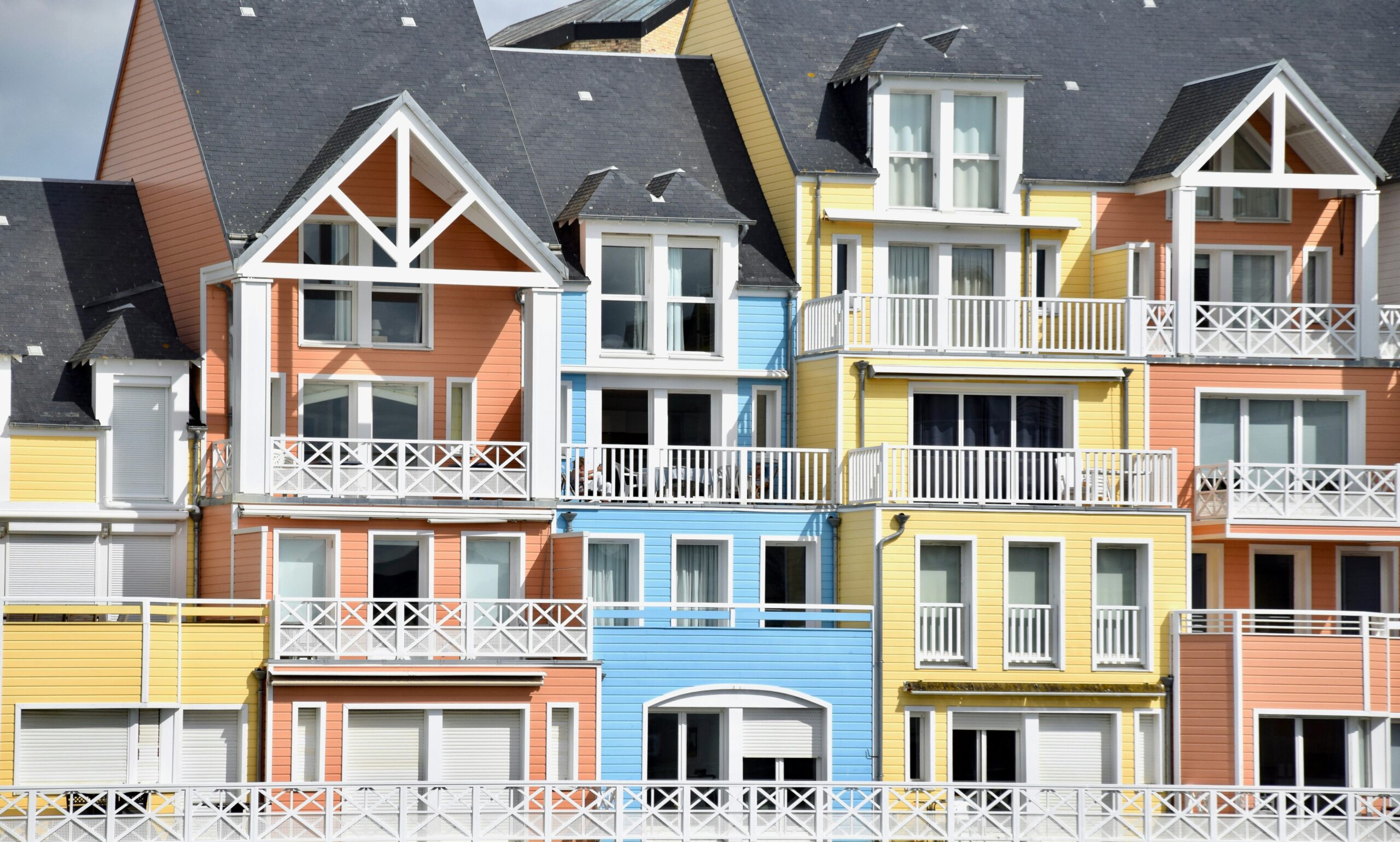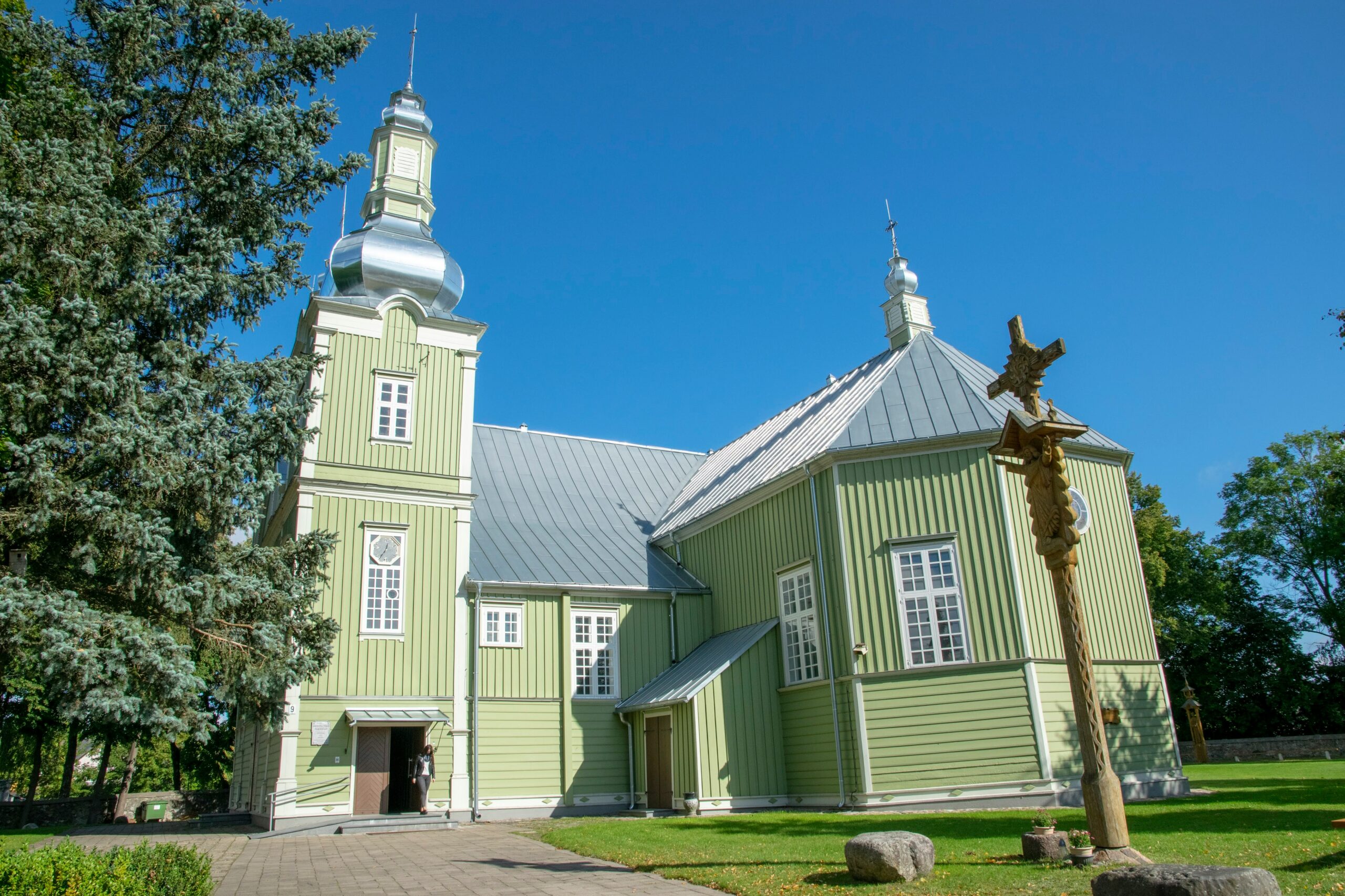Painting a museum is a delicate, high-stakes endeavor. Unlike commercial offices or residential buildings, museums house irreplaceable artwork, artifacts, and cultural heritage that must be carefully protected during every phase of a painting project. Whether you’re planning interior touch-ups or an exterior refresh, the key to a successful outcome is in the preparation. In this guide, we’ll walk through the essential painting preparation steps for museum staff and contractors alike—ensuring that beauty is preserved without risking what matters most.
Why Museum Painting Requires Specialized Preparation
The Importance of Protecting Artwork and Artifacts
When working in a museum setting, the stakes are high. Paint fumes, dust, vibrations, and accidental contact can all pose risks to delicate exhibits. Unlike other environments, museum painting involves tight environmental controls and the need to protect priceless collections. Special care must be taken to ensure that no damage occurs—even in nearby rooms.
This may involve sealing air ducts, creating temporary containment zones, and working closely with conservators to establish protocols for handling sensitive artifacts. Protective coverings, climate monitoring, and material-specific precautions are all essential parts of the painting preparation process in a museum environment.
Risk Mitigation Through Proper Pre Painting Preparation
Pre painting preparation isn’t just about tape and drop cloths. In a museum, it includes vibration monitoring, environmental control systems, containment setups, and strict adherence to preservation protocols. Every detail matters, from the type of ladder used to the airflow patterns in the room. Proper preparation dramatically reduces the risk of accidental damage.
Contractors may need to work with conservation staff to understand structural risks, temperature sensitivities, and artifact placement. This collaborative approach ensures that both safety and aesthetics are maintained throughout the project. Documentation and photography may also be used to record conditions before any work begins.
Interior Painting Preparation Steps for Museums
Conducting a Site Assessment Before Painting
Before any work begins, an in-depth site inspection should be conducted. This includes identifying sensitive areas, noting ventilation paths, assessing wall conditions, and determining whether exhibits need to be moved, covered, or protected in place. This phase also helps plan for staging materials and ensuring limited staff disruption.
Site assessments often include walkthroughs with curators or facility managers to identify key risk zones. Assessors may examine wall composition, humidity levels, and historic finishes that could influence the type of paint or prep required. The assessment lays the groundwork for a tailored project plan.
Prepping Walls and Ceilings Without Risking Artifacts
Walls and ceilings must be cleaned, patched, and sanded, but only using museum-safe methods. HEPA-filtered vacuums, low-dust sanding techniques, and containment systems help avoid airborne particles. Any nearby artifacts should be sealed off or removed with guidance from museum curators.
In cases where exhibits cannot be moved, specialized enclosures or negative air pressure systems may be employed. Painting crews may also use quick-drying compounds to minimize the time sensitive areas remain exposed. The goal is to perform all work without disrupting the integrity of the museum environment.
Using Low-VOC or No-VOC Paints in Museums
Indoor air quality is critical in museums. Low-VOC or zero-VOC paints are the gold standard for museum painting. These products reduce odor and minimize emissions that could damage sensitive materials or disrupt visitor experiences. Choosing the right finish (often matte or eggshell) helps ensure visual consistency while meeting performance needs.
Additionally, selecting washable and scrubbable finishes can enhance the longevity of high-traffic gallery walls without requiring frequent repainting. Contractors should always verify with curatorial staff that selected products align with conservation guidelines and the specific needs of different exhibit areas.
Exterior Painting Preparation for Museums
Inspecting and Repairing Surfaces Before Painting
Historical facades often require restoration before they can be repainted. Cracks in plaster, decayed wood, or loose masonry must be addressed first. Caulking joints, treating rust, and sealing gaps are also important steps in the preparation process. All work must comply with historical preservation standards.
This prep phase may also involve coordination with historical societies or preservation architects. Attention to original materials and architectural details ensures that exterior improvements remain faithful to the building’s character while providing lasting protection against the elements.
Weather Considerations and Environmental Protection
Weather plays a big role in exterior painting preparation. Work should be timed to avoid rain, humidity, or extreme temperatures. Protective barriers and coverings are also needed to shield sculptures, signage, plantings, and walkways during the painting process. Safety signage helps protect visitors and staff.
Scheduling may require flexibility, especially when painting must be delayed due to unpredictable New England weather patterns. Additionally, contractors may use weather-resistant primers or coatings that allow for quicker application in narrow temperature windows, further ensuring that exterior projects stay on track.
Key Painting Preparation Steps for Museum Staff
Communicating Closures and Access Limitations
Effective internal communication is crucial. Museum departments should coordinate timelines, plan around exhibit openings, and inform staff and visitors about temporarily closed areas. Temporary signage, access barriers, and clearly defined detours help maintain a smooth visitor experience.
Staff should also update digital maps or apps and notify tour operators or group organizers in advance. Public relations teams can use the painting period as an opportunity to share behind-the-scenes glimpses or promote upcoming exhibit changes tied to the refresh.
Coordinating with the Museum Painting Service Provider
A clear line of communication between museum staff and the painting contractor ensures everything goes smoothly. Sharing floor plans, identifying high-priority zones, and collaborating on work schedules allows for precision and accountability throughout the project. Safety protocols and emergency procedures should be reviewed in advance.
Regular check-ins during the project help adjust timelines, respond to unexpected issues, and keep all stakeholders informed. It’s also helpful to establish a single point of contact from both the museum and painting team to streamline decision-making and approvals.
Special Considerations for Historic Museums
Navigating Painting in Older or Protected Buildings
Older museums, especially those designated as historic landmarks, often have unique challenges. Walls may include horsehair plaster, ornate moldings, or antique wood surfaces that require special handling. Any prep work must avoid invasive techniques that could compromise the building’s integrity.
Contractors may be limited to non-destructive methods like gentle cleaning and sealing rather than full stripping or sanding. Documentation, such as paint analysis or historical color studies, may be necessary to meet preservation standards or grant requirements.
Blending Modern Paint Technology with Classic Finishes
Preserving the visual history of a museum while upgrading protection means using modern products with a historic look. Many museum painting services use color-matching technology to recreate classic tones using today’s low-emission, durable formulations. Collaboration with architects or preservationists may be necessary.
These products can mimic limewash, milk paint, or historic gloss levels while offering superior durability and environmental compliance. Choosing the right product ensures longevity without compromising the building’s aesthetic authenticity.
Minimizing Downtime During a Museum Painting Project
Phased Painting Strategies
Rather than shutting down the entire museum, phased painting allows specific areas to be refreshed while others remain open. Strategic scheduling—such as painting on Mondays when many museums are closed—can minimize the impact on visitors.
Phasing can be based on gallery zones, exhibit rotations, or operational hours. It also allows contractors to adjust for supply deliveries, weather changes, or access needs. Staff should be trained to assist with visitor navigation during each phase.
Tips for Staying Open While Painting
Plastic partitions, air filtration equipment, and well-planned rerouting can allow parts of the museum to remain accessible. Exhibits may be temporarily relocated or enclosed to continue functioning during the painting phase. Staff training helps ensure that temporary adjustments are communicated clearly.
In some cases, painting may be done after hours or during limited overnight shifts. The use of low-odor paints and quiet equipment helps minimize disruption. Clear wayfinding signage and digital updates can support a seamless visitor experience.
Choosing the Right Museum Painting Service
What to Look for in a Painting Contractor for Museums
Not all painting contractors are equipped to work in museums. Look for a provider with experience in institutional painting, particularly in environments that require meticulous protection. The right partner will be insured, licensed, and prepared with references from similar projects.
They should also be willing to conduct pre-project planning sessions, offer preservation-compliant materials, and provide detailed documentation. A contractor with museum-specific experience will understand how to balance aesthetics, durability, and the safeguarding of valuable collections.
Why Arch Painting Is Trusted for Museum Projects
Arch Painting brings over 25 years of experience in commercial and specialty painting. Our teams are trained in museum-safe preparation methods, low-impact scheduling, and preservation best practices. We work closely with museum staff to deliver outstanding results while prioritizing safety, quality, and care.
We offer flexible project timelines, transparent communication, and deep knowledge of both modern coatings and traditional finishes. Whether your museum is modern or historic, Arch Painting has the expertise to protect and enhance it with minimal disruption.
FAQs About Museum Painting Preparation
What is the best way to prep for painting in a museum?
The best approach includes detailed site assessments, protective containment of artifacts, use of low-VOC paints, and coordination between museum staff and contractors. Every step is designed to safeguard sensitive environments.
A comprehensive preparation plan should also include communication strategies, scheduled closures, and equipment staging areas to prevent any impact on daily operations.
What should museum staff do before painting begins?
Staff should identify critical areas, coordinate access, communicate closures, and work with contractors to move or protect exhibits. It’s also important to relay HVAC, security, or access restrictions.
Museum staff may also assist with adjusting environmental systems, scheduling exhibit rotations, and informing stakeholders such as donors or board members about the project timeline.
Can painting affect artwork or exhibits?
Yes, which is why preparation is essential. Paint fumes, dust, or even physical vibrations can cause harm if precautions aren’t taken. Working with experienced museum painters prevents these risks.
Using negative air machines, isolating work zones, and adhering to conservation guidelines are effective ways to reduce or eliminate exposure to artwork and visitors alike.
What kind of paint is safe to use in museums?
Low-VOC or zero-VOC paints are preferred, especially in interior spaces. These reduce airborne chemicals that could harm artwork or irritate guests. Paints should also be durable and easy to maintain.
Additionally, paints with antimicrobial or scrub-resistant properties are often chosen for areas with high visitor traffic. Product selection should always align with curatorial and facilities guidelines.
How long does it take to prep a museum for painting?
It depends on the size and sensitivity of the space. Small galleries may take a few days, while larger institutions with complex collections could require a week or more for preparation alone.
Additional time may be needed for phased work, environmental adjustments, or coordination with multiple departments and vendors.
Preserve the Past—With the Right Painting Preparation
Preparing a museum for painting requires precision, care, and experience. From delicate prep for painting to careful product selection, Arch Painting understands the unique needs of cultural spaces. Contact us today to learn how we can help you maintain your museum’s beauty—inside and out—without compromising what matters most.



